City of Cambridge officials, with the ringing endorsement of state and business leaders including Governor Deval Patrick, today launched the Cambridge Energy Alliance. This new non-profit organization will design, market, finance, manage, and
document unprecedented efficiency improvements in the use of energy, water, and transportation. Overall, the Cambridge Energy Alliance initiatives will lead to a substantial reduction in the carbon emissions of the City of Cambridge.
Specifically, the Cambridge Energy Alliance aims to: reduce electricity demand by 50MW, a 15% peak load reduction; reduce annual electricity and water consumption by 10% city-wide; achieve a participation rate of 50% in each sector (e.g. municipal, commercial, residential); and reduce annual GHG emissions from the city by 150,000 tons (10%) by 2011.
Also, Governor Patrick announced the creation of MassEfficiency, a $2 million revolving loan fund that will finance start-up costs for replicating this energy initiative in five more Massachusetts cities. The City of Boston will be the first to take the lessons learned from the Cambridge Energy Alliance and apply them on a larger scale.
“The Cambridge Energy Alliance is pioneering a new model for energy efficiency that should be replicated by communities across the Commonwealth,” said Governor Deval Patrick. “MassEfficiency will help make that happen.”
The Cambridge Energy Alliance will carry out a $100+ million massive energy efficiency implementation effort, while also installing, where feasible, new renewable and clean energy generation, and technologies that curb electricity use during peak demand periods. NSTAR is a key partner in achieving the project’s goals. If the entire state followed Cambridge's lead over the next half decade, the commonwealth would save the equivalent of two coal-fired power plants in electric
demand reduction. The tagline of the program, which will also target ransportation, water use and heating efficiencies, is Saving Money and the Planet.
Start-up support for this project has been provided by the Henry P. Kendall Foundation, the Barr Foundation and The Chorus Foundation. “All the foundations involved are very excited about the project’s potential impacts and are
committed to the project’s success,” said Rob Pratt, Senior Vice-President of the Henry P. Kendall Foundation. “As a foundation focused on climate change solutions, we view cities as the most promising areas for near-term success in efforts to reduce greenhouse gas emissions. In city environments, buildings represent 65-80% of the emissions, so a targeted energy efficiency approach is a clear win-win – reduced emissions and lower energy bills.”
A critical project component is the collaboration of stakeholders including Cambridge Health Alliance and city officials, NSTAR, members of the corporate community, university and civic leaders, energy suppliers, and regulators. New efficiency opportunities are being identified and planned for implementation.
“The Cambridge Energy Alliance will make the community a better place economically and environmentally,” said Robert W. Healy, Cambridge City Manager. “This very innovative approach that brings together unique financing, the latest in energy and building technology, and a broad outreach program will allow us to reach a much larger number of households and businesses than past efforts. With this approach the city will be able to make big strides toward its goal to reduce global warming pollution and at the same time make our households, businesses, and institutions more resilient against rising energy prices. I'm very pleased that the Kendall Foundation has chosen the City of Cambridge to be its partner in pioneering this new approach that we can share with other communities throughout the region and beyond.”
Cities naturally aggregate both needs and services and therefore can support the design of a unique, but replicable financial mechanism – a Revolving Fund for Energy Efficiency – as proposed by the Cambridge Energy Alliance. By sponsoring and then aggregating reductions of both energy consumption and peak demand within its borders, Cambridge Energy Alliance, in conjunction with its many collaborative stakeholders can participate in all markets that value such
reductions. Once the Revolving Fund is in place, the project is expected to become fully selfsustaining.
“We are very excited to be part of a team that is creating an energy model for the future," said Thomas J. May, NSTAR Chairman, President and CEO. "The Cambridge Energy Alliance has designed an approach to energy efficiency that is focused on customer-based solutions that involve the whole community. This forward-thinking initiative will complement and enhance our existing efforts to help our customers save money and energy today, resulting in a cleaner, healthier environment for tomorrow.”
The project incorporates innovative financing techniques which could be used to develop similar energy efficiency projects in other Massachusetts communities as well as those across New England. Approximately 80% of the financing will come from private sources, without obligation to Cambridge or the state, resulting in an approach which should be highly attractive to cash strapped cities and towns. The remaining 20% will generally come from a number of electrical utility incentive programs that were established in part to promote energy efficiency.
As a result, energy savings and clean energy installations will in most cases be paid for by the project financing and be repaid from future energy savings of the companies, Cambridge city facilities, universities, hospitals, small businesses and residents. No upfront costs will be required for such installations, and there will be no cost to Cambridge or state taxpayers.
